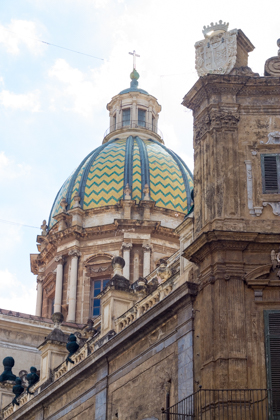

The port near Piazza Marina
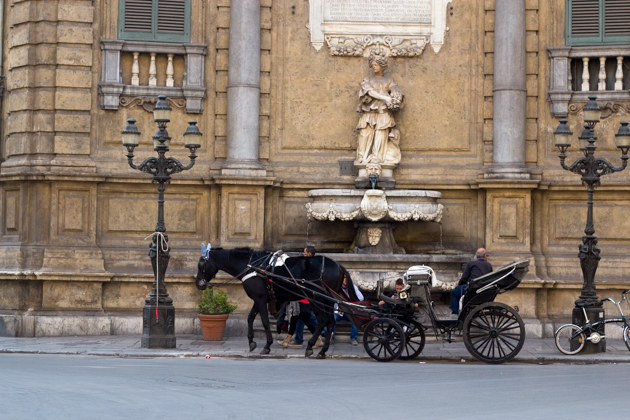
Horse drawn carriages
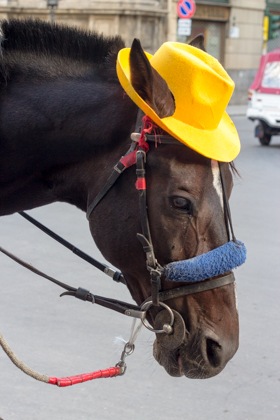
Even the horses have character
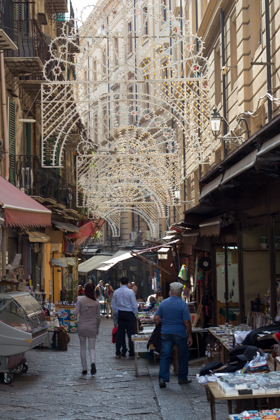
Il Capo market
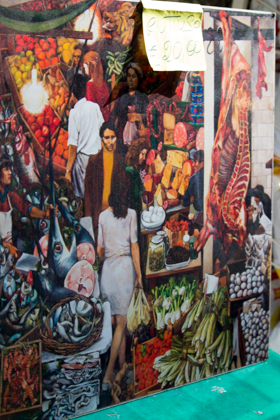
A copy of “Palermitano“, a painting of La Vucciria market by Renato Guttuso
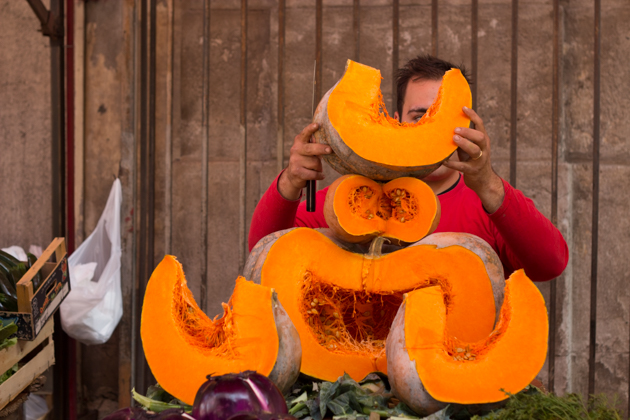
Selling pumpkins by the slice
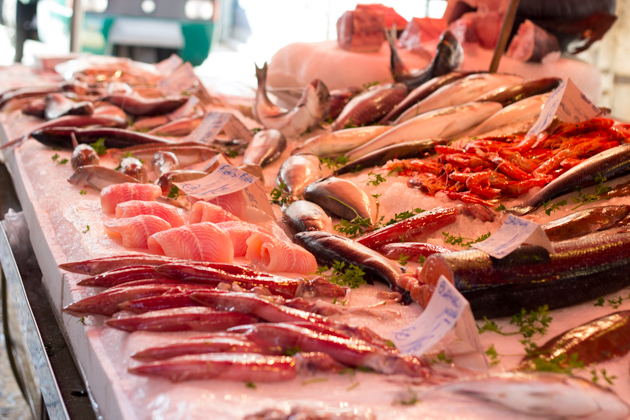
Super fresh seafood at Ballaro market
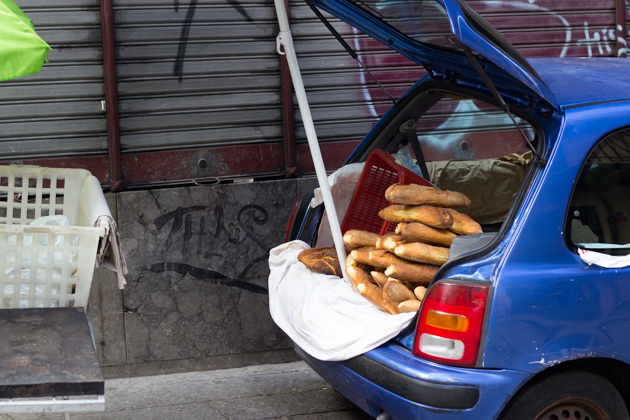
Enterprising Sunday bread sellers
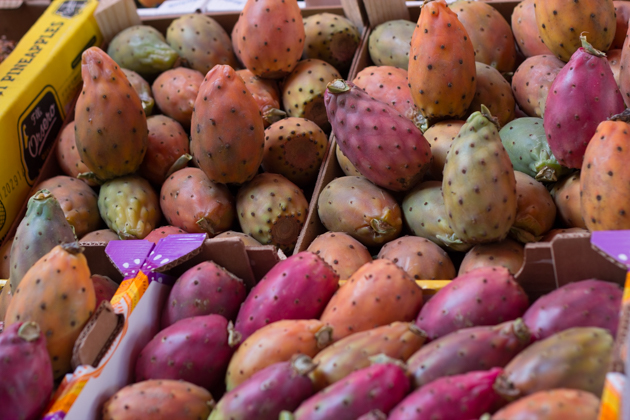
Crates of cactus fruit
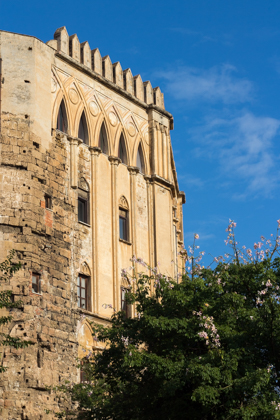
Norman Palace (Palazzo dei Normanni)
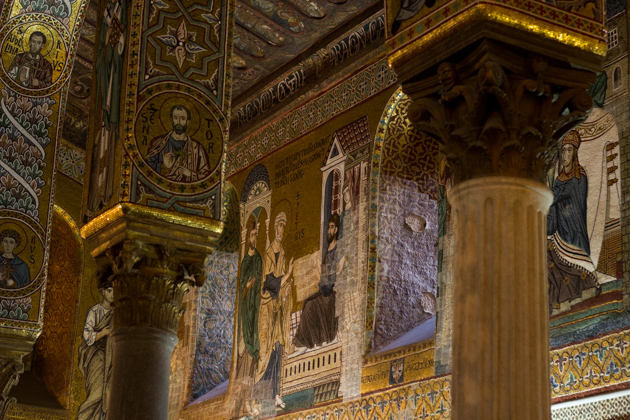
Cappella Palatina
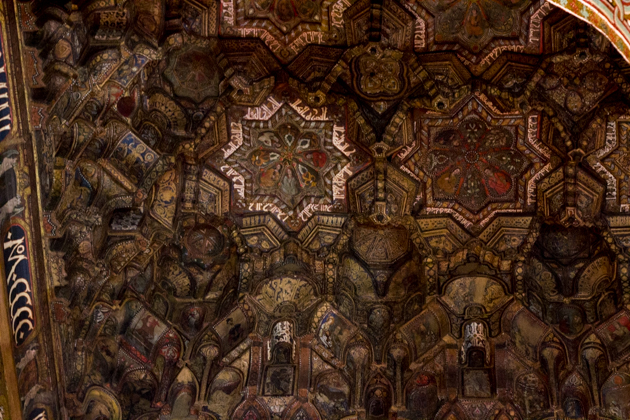
Cappella Palatina
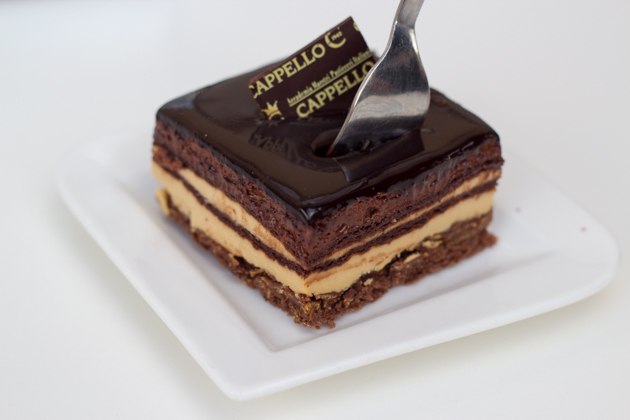
Pasticceria Cappello‘s torta sette veli
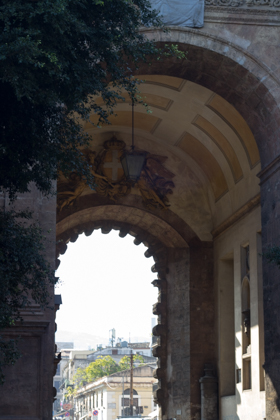
Porta Nuova
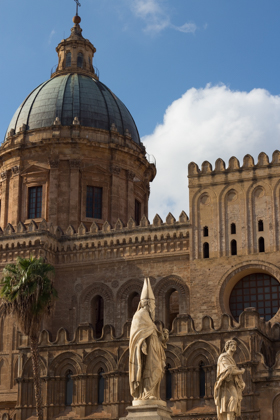
Cathedral
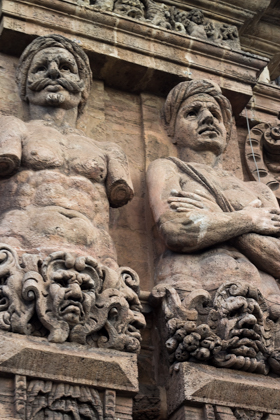
Detail on the cathedral
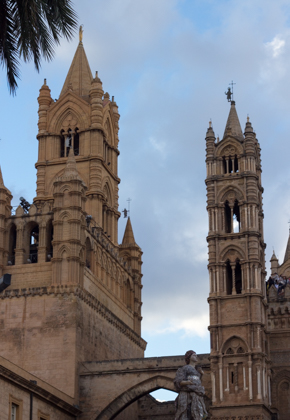
Cathedral
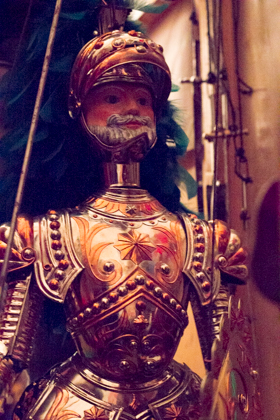
A puppet at the Teatro Argento
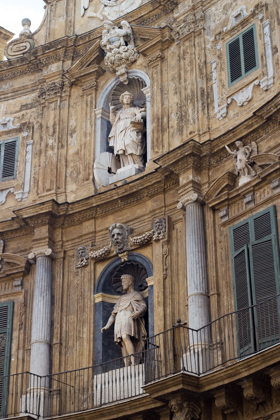
Quattro Canti, a square with 18th Century baroque buildings divided into 4 sections
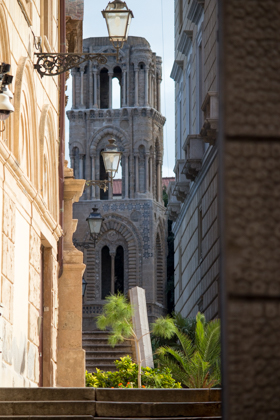
Martorana church
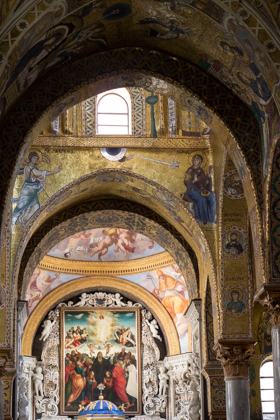
Inside the Martorana church
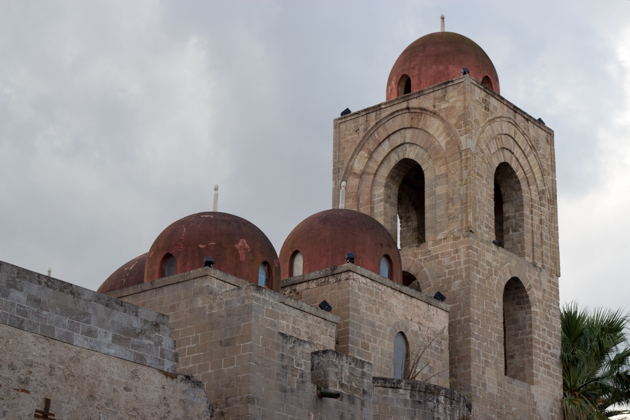
San Cataldo church
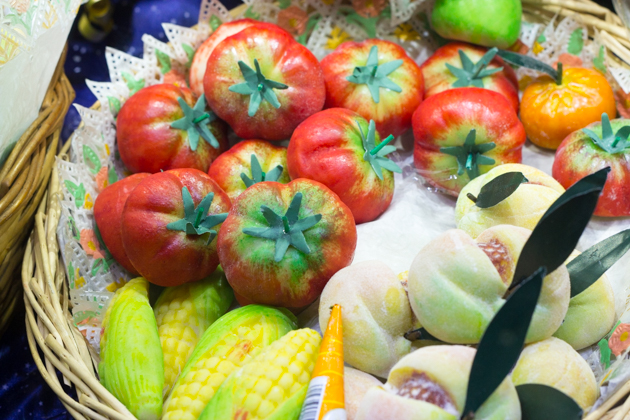
Frutta martorana (marzipan fruits)
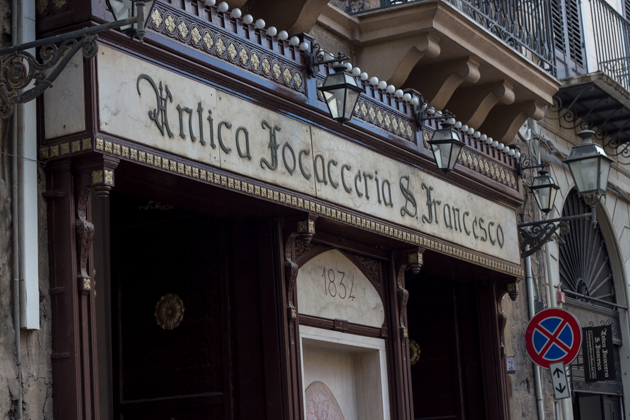
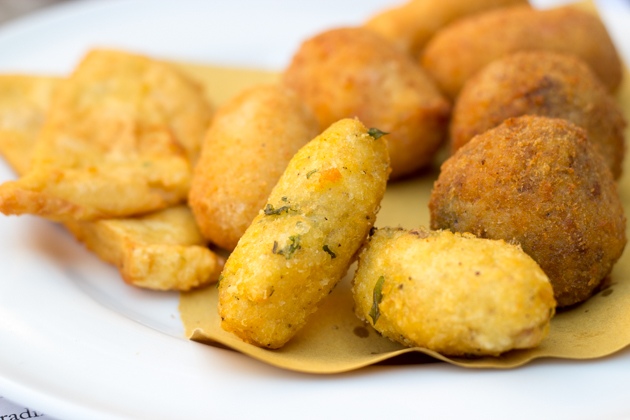
Panelle (on the left-chickpea fritters sometimes served inside a sandwich), cazilli di patate (front centre- potato croquettes), crocche di bechamel (back centre- bechamel croquettes), arancini (on the right- rice croquettes with stuffing options meat sauce or chicken giblets)
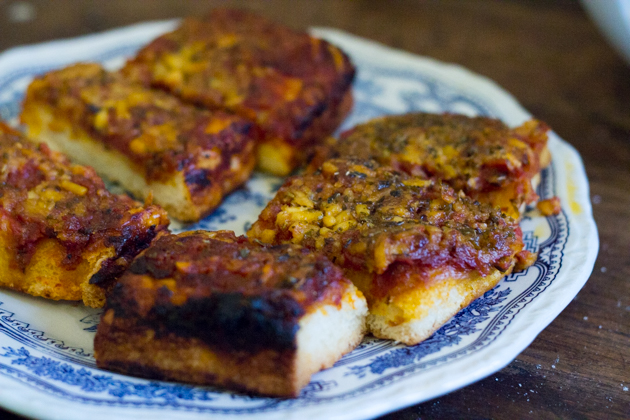
Sfincione alla palermitana (a thick soft pizza topped with anchovy, onion, tomato and caciocavallo cheese)
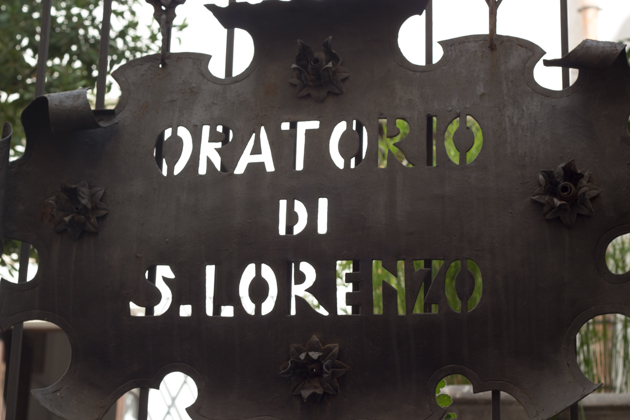
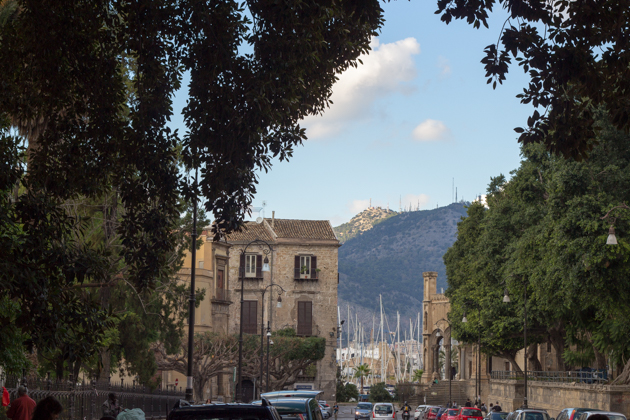
Piazza Marina
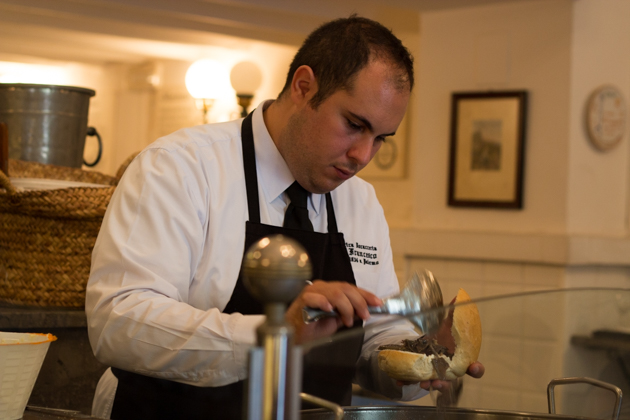
Serving pane con milza
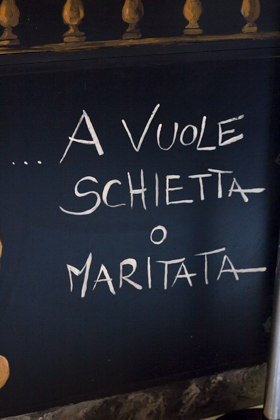
Do you like your pane con milza single or married?
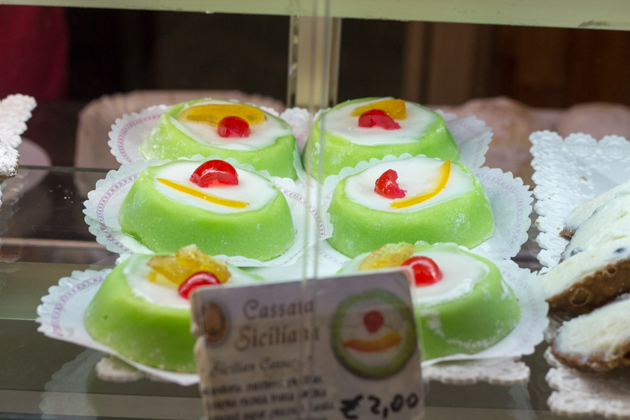
Cassata (an elaborate sponge cake-encased ricotta covered in marzipan, icing and candied fruit)
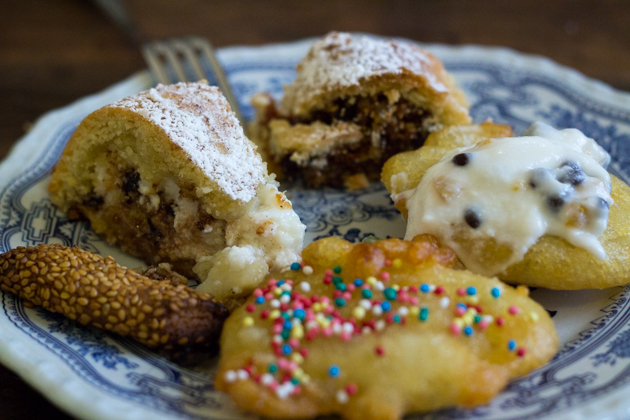
Biscotti regina (left- shortbread biscuits rolled in sesame seeds), cassata (back left- the homemade version which is a tart filled with sweetened ricotta with chocolate and candied fruit), buccelata (centre back- a pastry ring cake of Arab origin filled with chopped nuts, dried fruit and honey), sfinci del San Giuseppe (right and centre- feather light doughnuts served with honey, sugar and hundreds and thousands or filled with sweetened ricotta cream) made with Patrizia of Sicilian Days
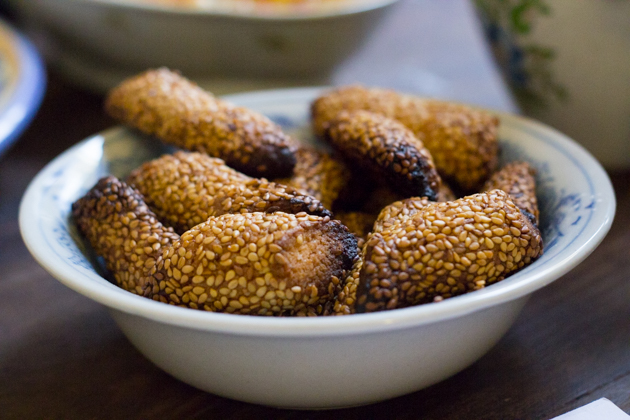
Biscotti regina (left- shortbread biscuits rolled in sesame seeds)
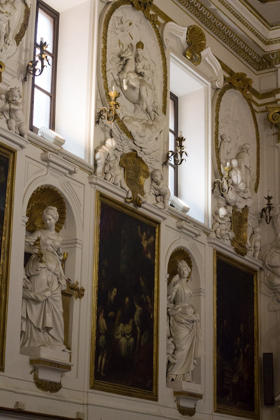
Oratorio del Rosario del San Domenico
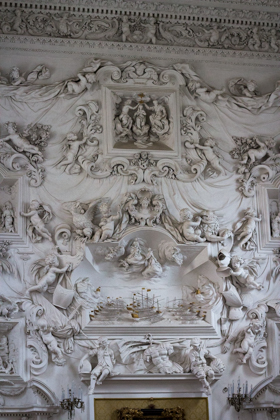
Oratorio del Rosario di Santa Cita
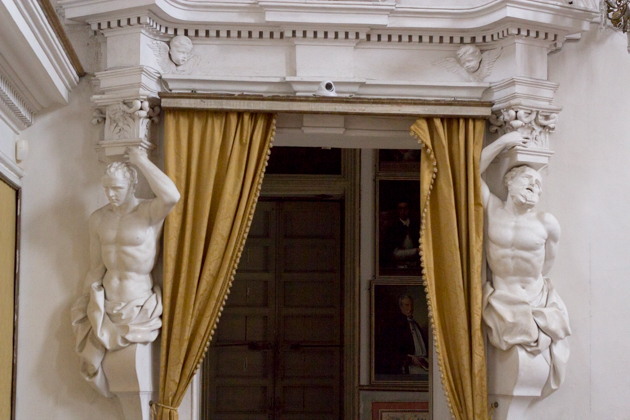
Portrait room where arms are left at the Oratorio del Rosario di Santa Cita
From Piazza San Domenico head up Via Gagini and turn right onto Via Valverde to see the Oratorio del Rosario di Santa Cita (a Baroque masterpiece with the left side depicting the highlights of Jesus’s life and the right side depicting the low points. The portrait gallery at the end is where attendants would leave their arms (guns, knives, etc.) before attending the church service.)
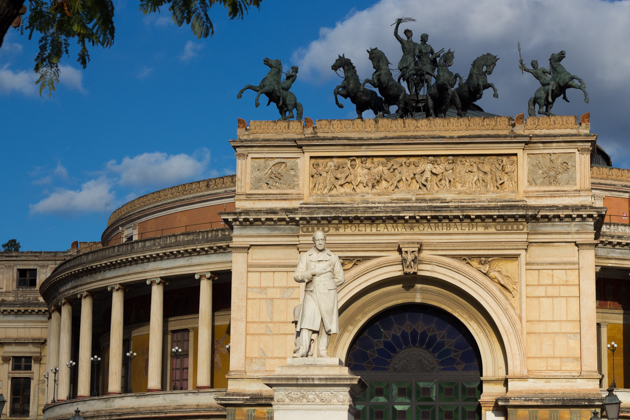
Teatro Massimo
Heading back to Via Gaggini and turning left onto Via Bara all’ Olivella, cross over Via Roma and Via Maqueda to Piazza Verdi to see the impressive Teatro Massimo where operas are performed. Follow Via Volturno off the piazza and turn left at the end to find the market il Capo.
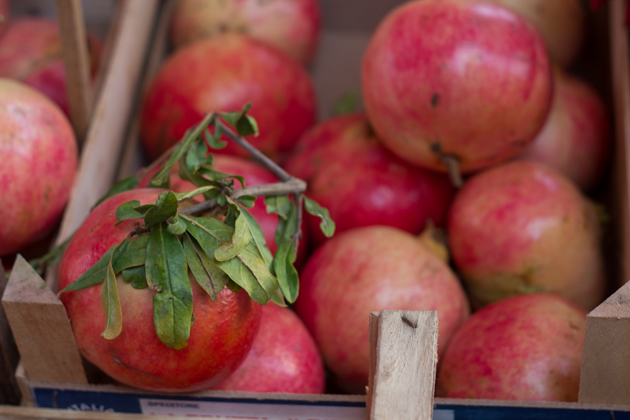
Pomegranates
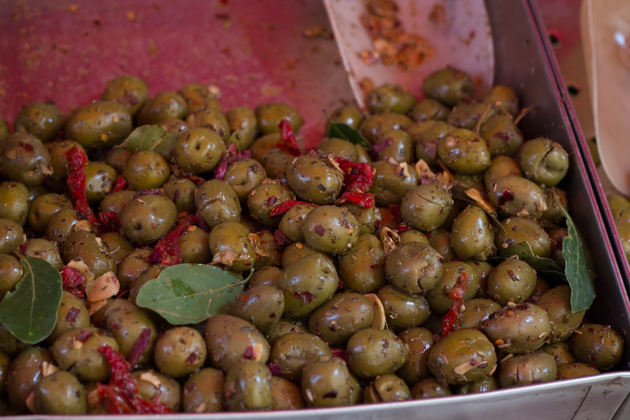
Spiced olives
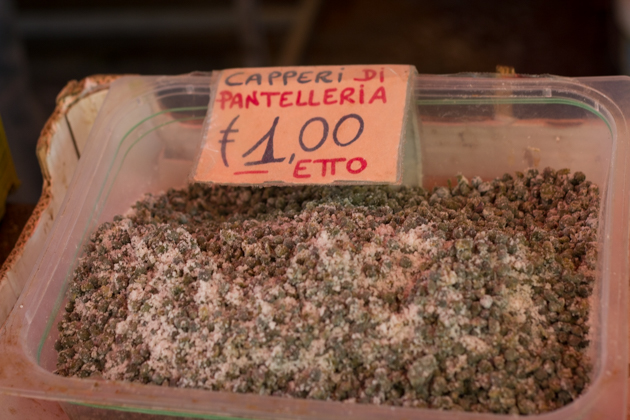
Capers from Pantelleria
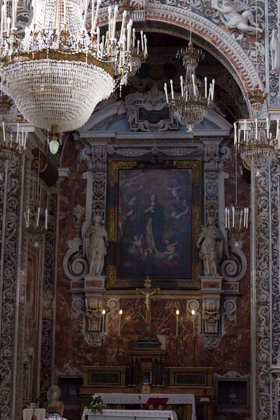
Church of the Immaculate Conception
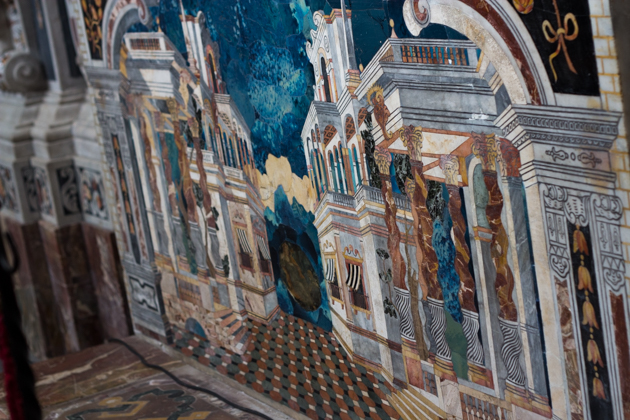
Elaborate stone inlay in the Church of the Immaculate Conception
Recipe:
Anelletti al forno (ring-shaped pasta with meat sauce, peas and cheese)
Serves 8
Anelletti are a ring-shaped pasta originating from Palermo but enjoyed throughout Sicilia. Children and adults alike love this dish. Sicilian families pack this dish for picnics and days at the beach as it can be served hot or room temperature.
If necessary, substitute tube-shaped pasta for anelletti but cook it until it is still very firm. Mozzarella can be substituted for caciocavallo cheese if needed.
For illustrated step-by-step instructions, click here.
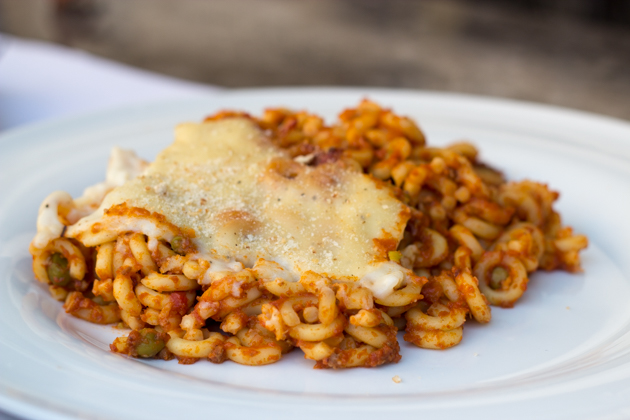
85 mls olive oil
250 grams pork shoulder, from the neck end, rinsed and dried
240 mls white wine
2 onions, skinned, ends removed and finely chopped
1 onion, skinned, ends removed and finely sliced
2 garlic cloves, skin removed and finely chopped
15 grams (1 tablespoon tomato paste)
500 mls tomato sauce
1 bay leaf
300 grams peas
500 grams anelletti pasta
100 grams caciocavallo cheese, cubed
50 grams pecorino cheese, finely grated
15 grams breadcrumbs
1. Heat a heavy bottomed pan like a dutch oven. Add 60 mls of olive oil and the pork, turning to brown the meat.
2. Remove the meat from the pan and add 2 of the onions with 240 mls of water.
3. Cook for 10 minutes until the onions are soft and add back the pork.
4. Add the white wine, bay leaf, garlic, tomato paste, tomato sauce, salt and pepper to the pork.
5. Cook on low heat for 2 hours. If the sauce starts to dry out or scorch, add a bit of water. Let the meat cool, remove the bay leaf and discard. Chop the pork finely and add back to the sauce. Stir to combine.
6. While the sauce is cooking, heat 15 mls of olive oil and the sliced onion in a sauce pan over medium heat.
7. When the onions are soft, about 15 minutes, add the peas, salt and pepper. Cook until the peas are cooked through, about 5 minutes. Remove from the heat and set aside.
8. Heat the oven to 200C.
9. In a large pot heat 5 litres of water with 50 grams of salt and bring to a boil. Add the anelletti and cook for 5 minutes less than the time on the package (about 20 minutes). (Note: If you are substituting a tube-shaped pasta, the cooking time will be much less. Check the suggested cooking time on the package but it will probably cook for about 7 to 8 minutes.) Drain the pasta and mix with half of the sauce.
10. Use 10 mls of olive oil to grease a rectangular baking pan. Sprinkle it with half the breadcrumbs shaking to ensure they are evenly distributed.
11. Add half of the pasta to the baking pan. Top with the caciocavallo, the peas and onions, 15 grams of the pecorino and the reserved sauce.
12. Spread the remaining pasta over the top and top with the remaining breadcrumbs and 35 grams pecorino cheese.
13. Cover with foil and bake for 20 minutes. Remove the foil and continue to bake until the top is golden about 10-15 minutes. Serve.
To do:
Cooking class:
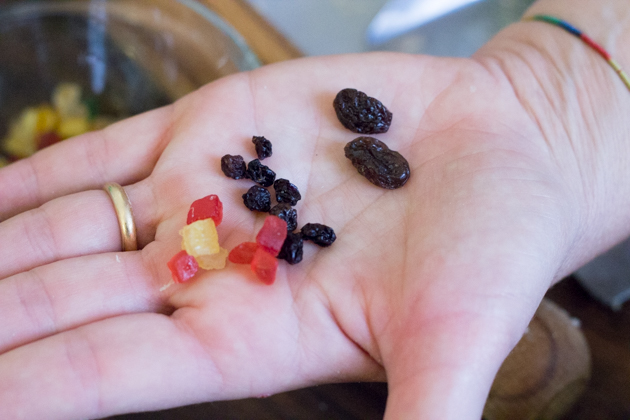
Patrizia explains the difference between canditi (left- candied fruit), passolini (middle- sultanas used in savoury dishes) and uvette (right-raisins from Malaga used in desserts)
Patrizia Santonocito
Puppet show:
Teatro Argento
Opera:
Teatro Massimo
Horse and carriage tours:
To eat:
Franco U’ Vastiddaro
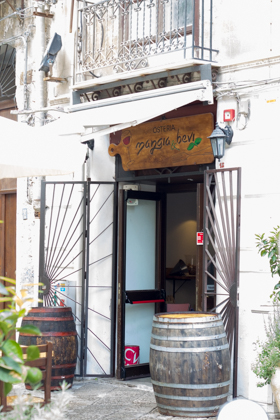
Mangia e Bevi
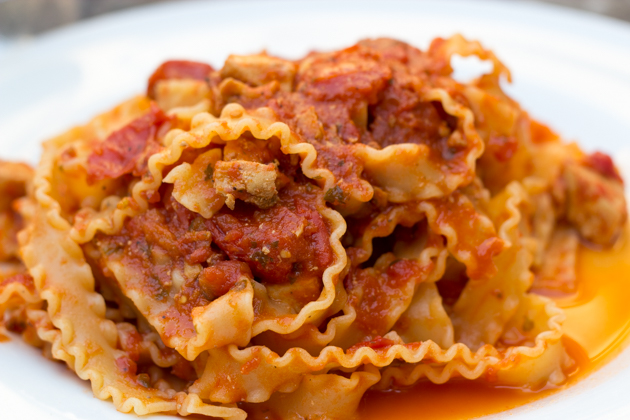
Pasta with swordfish with olives, tomato, capers and oregano
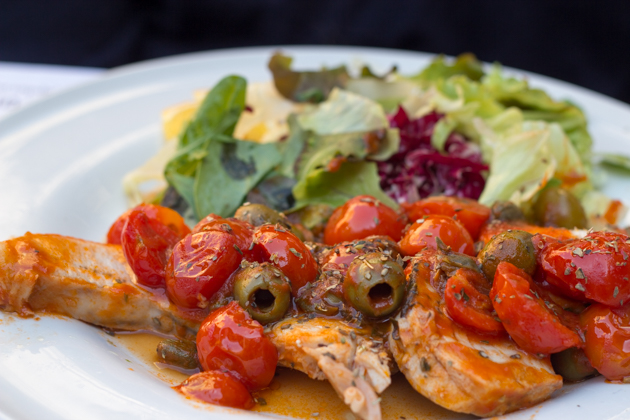
Swordfish with olives and tomatoes
Antica Focacceria San Francesco
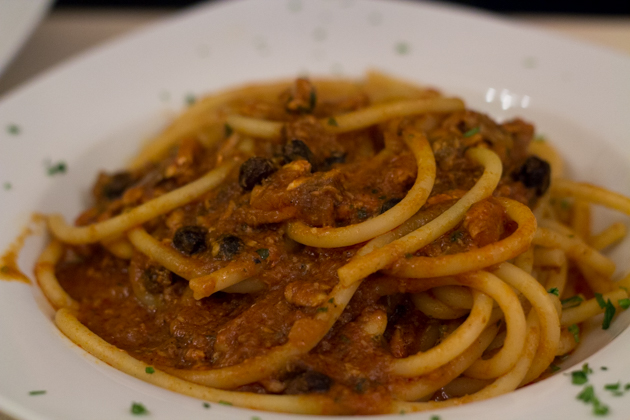
Bucatini con le sarde (bucatini pasta with sardines)
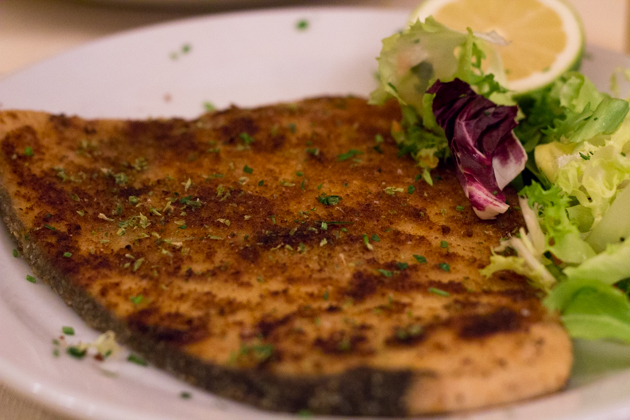
Trancio di spada alla palermitana (fried swordfish with herbs)
Maestro del Brodo
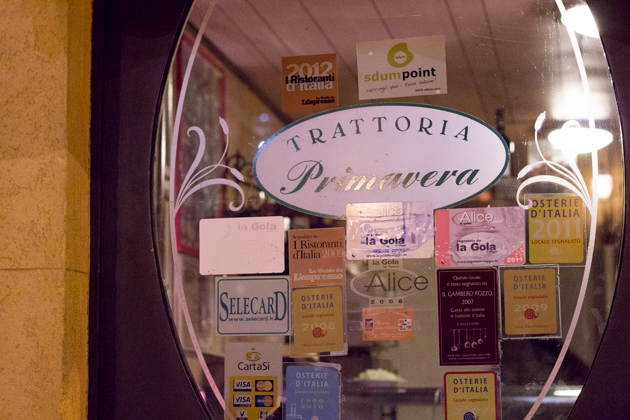
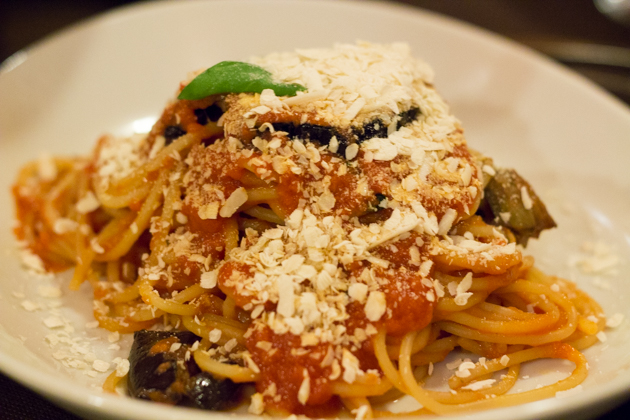
Pasta alla norma (pasta with aubergine, ricotta salata cheese, tomato and basil)
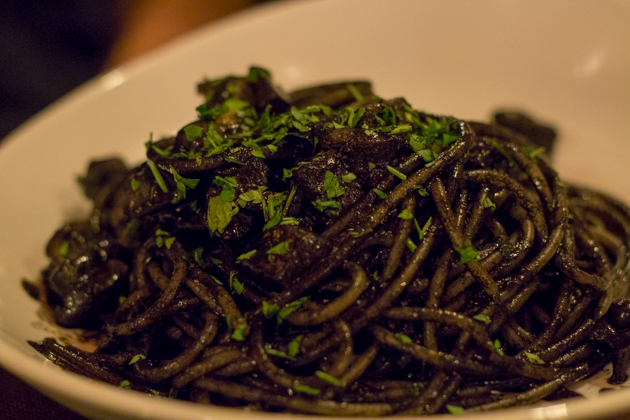
Squid ink spaghetti
Trattoria Primavera
Recommended dishes:pasta alla norma (pasta with aubergine, ricotta salata cheese, tomato and basil), panelle (chickpea fritters), crocche (potato croquettes), fiore di zucchine fritte (fried courgette flowers stuffed with anchovy and mozzarella or primosale), rosti di patate (potato pancakes), mozzarella impanata (fried mozzarella sandwiches), bucatini con broccoli (raisins, pine nuts, broccoli, anchovies, onion and olive oil), spaghetti nero di seppia (squid ink spaghetti), cappuccetti fritti (tiny fried calamari)
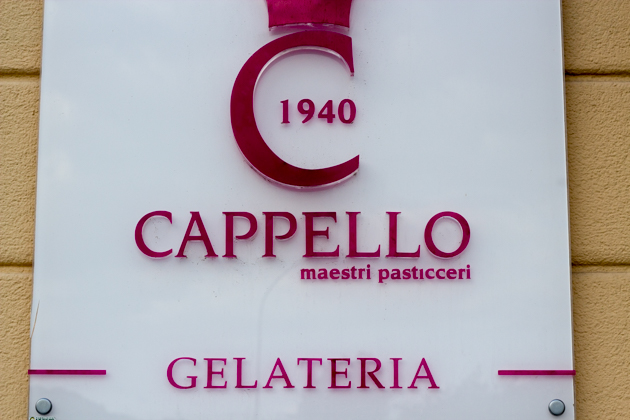
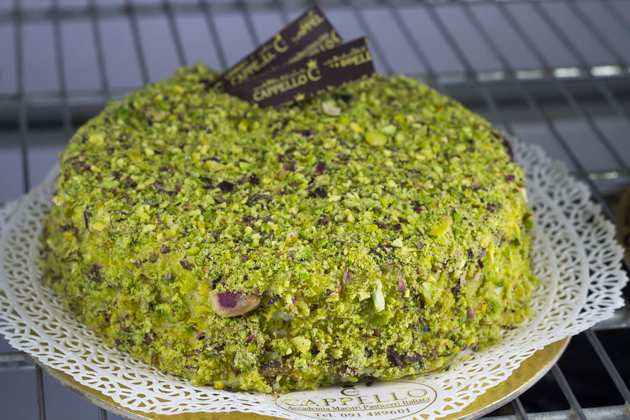
Pistachio cake
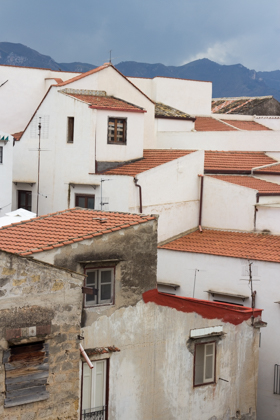
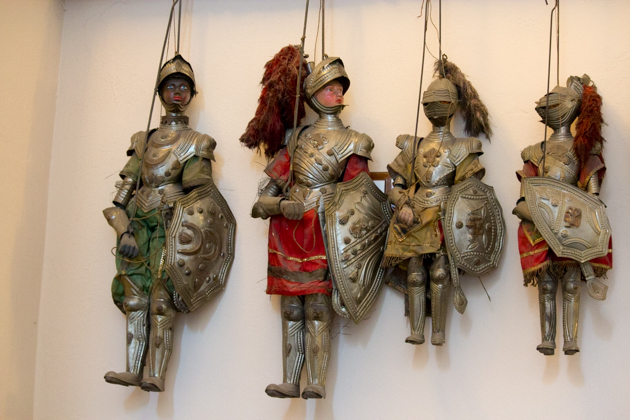
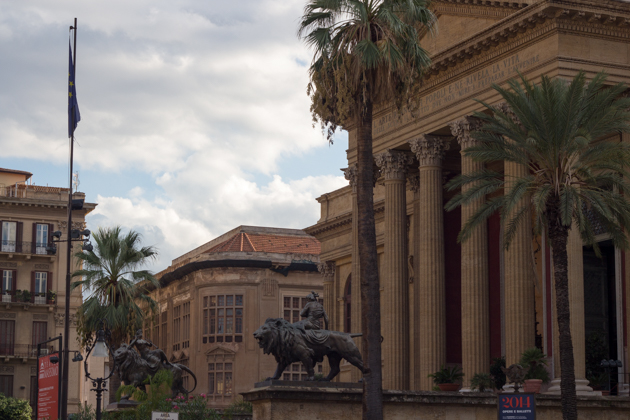
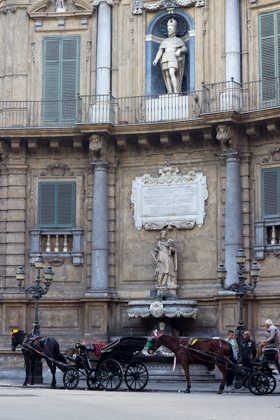
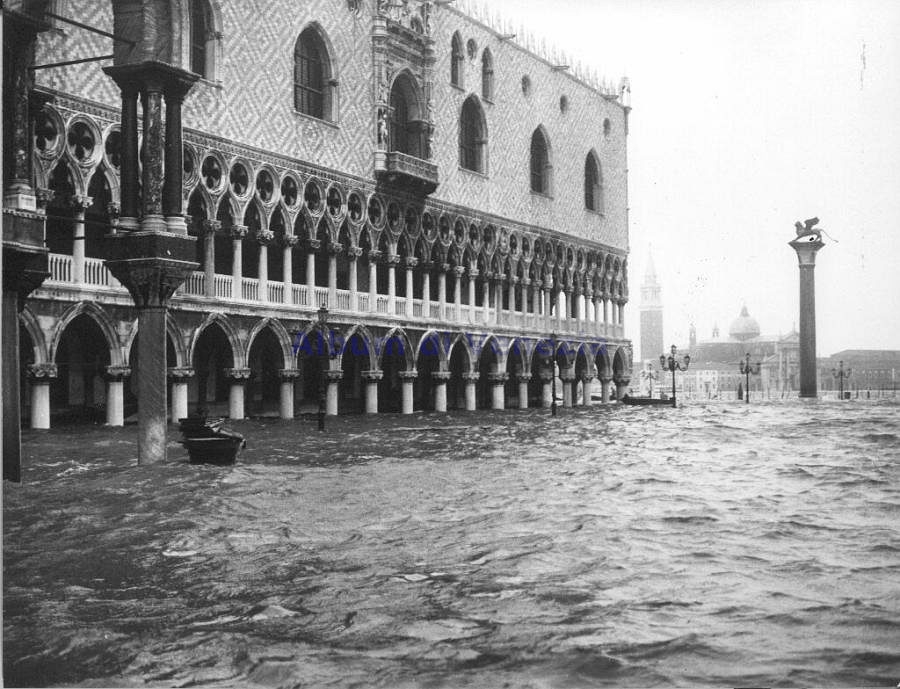
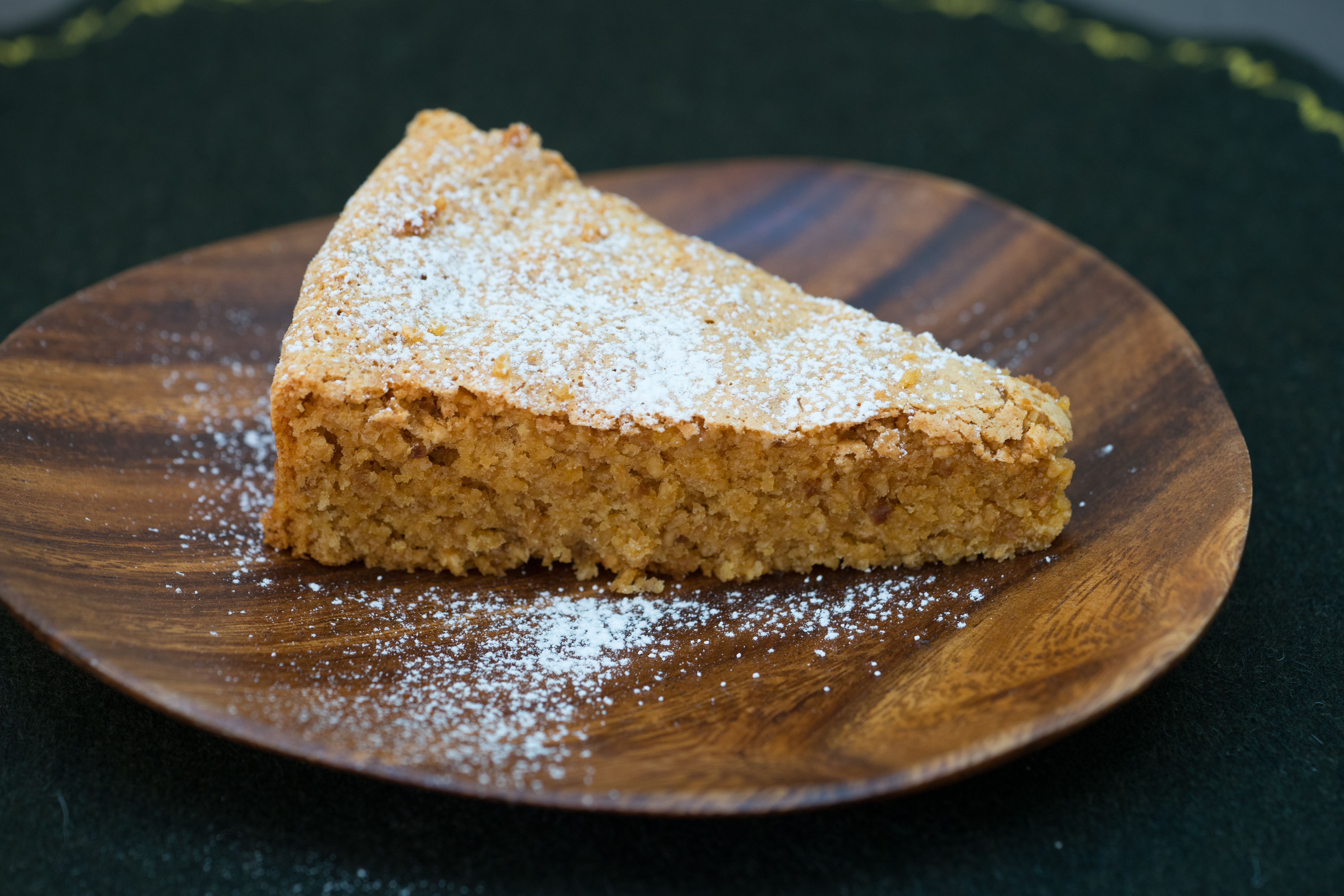
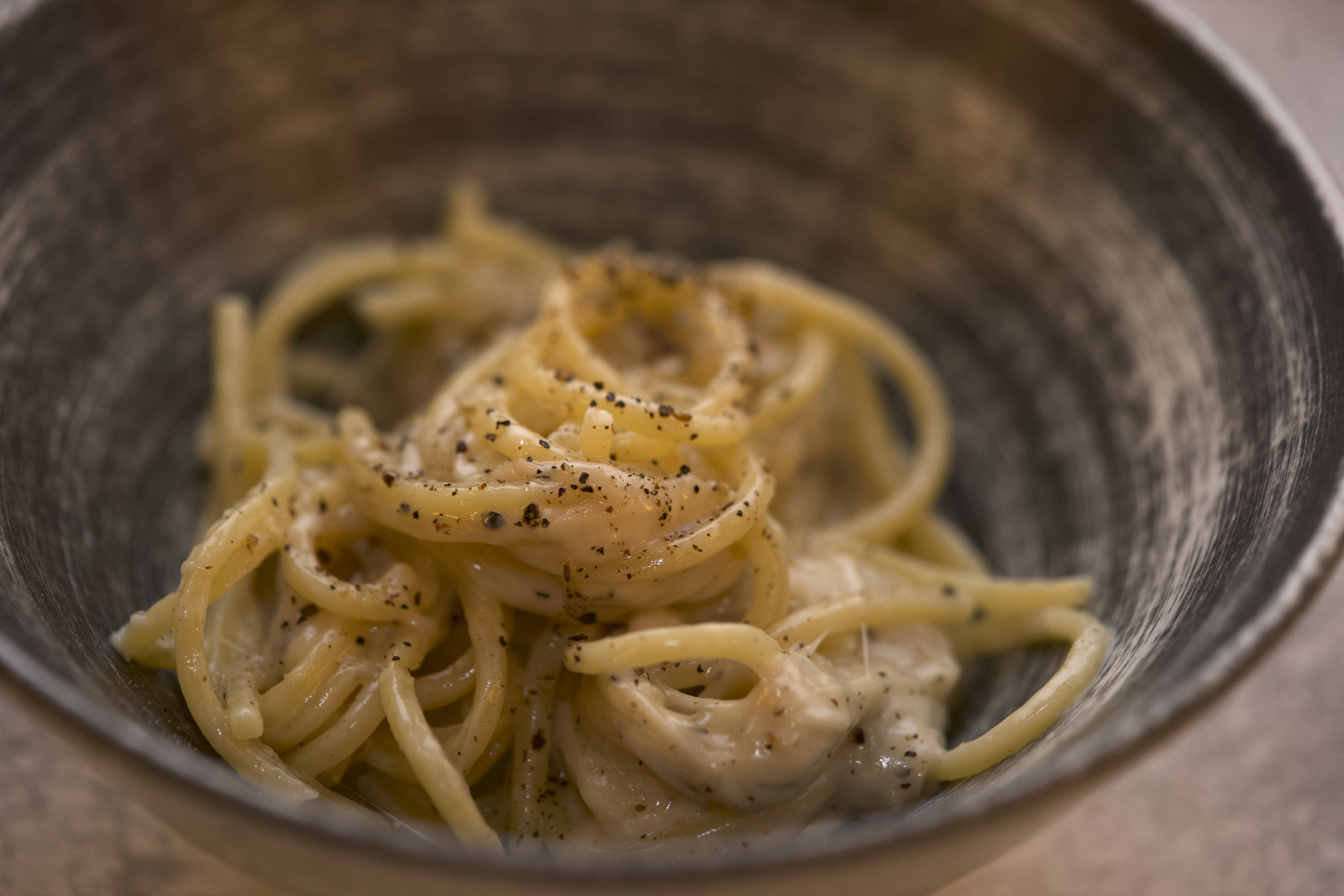
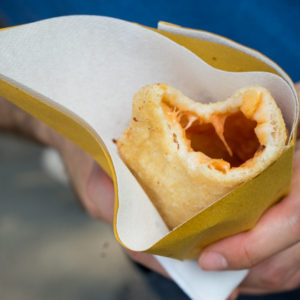
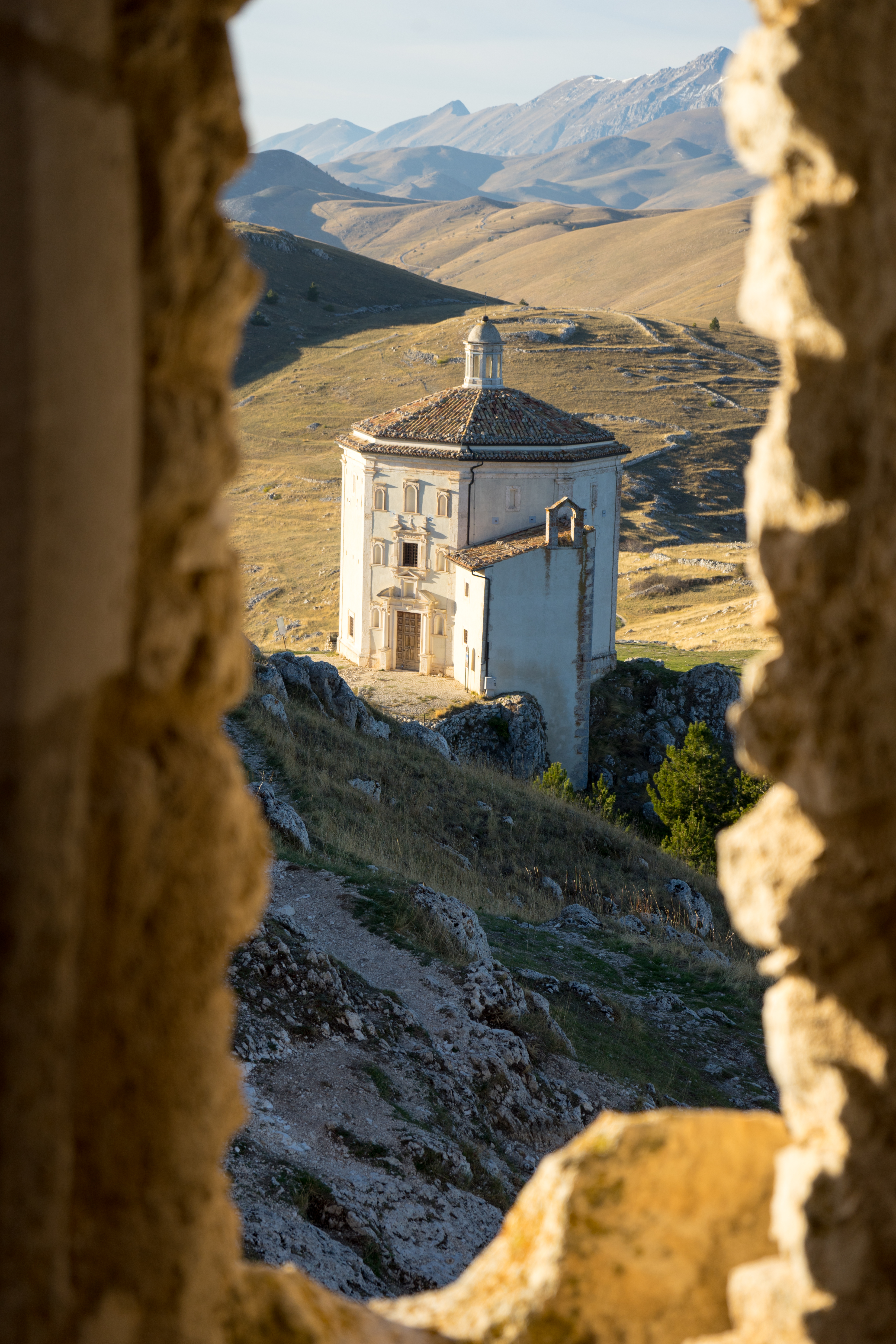
Thank you !!!! for the insightful,thoughtful and in-depth writing.
I cook and travel (but my kids are 20 and 22) so I travel solo and am so grateful for the invaluable info on your blog. planning a return to Italy and was wondering if I should try first time visits to look for cooking schools in Trieste, Lecce or Naples ! Palermo is on my list having seen this post.
Please, please email me if you have any contacts or suggestions for Lecce or Naples as well? Thanks, Amelia
Hello Amelia, thanks for your kind words. I look forward to the day when I can cook and travel with my grown children! I definitely recommend taking a cooking class when you visit as it is a great way to get to know an area better and every cook has their own style to learn from. I love Palermo and believe it is one not to miss.
I am seeing our cousins from Puglia this weekend and a good friend from Naples next week and will ask them for suggestions. I’ll come back to you soon. x